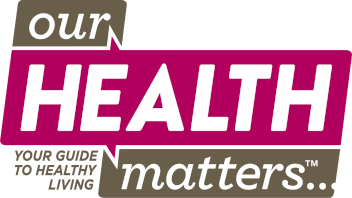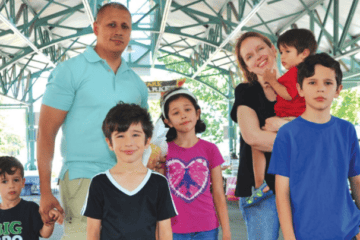We Must Go Beyond Traditional Health Care Delivery
By John W. Bluford, III
Founder, Bluford Healthcare Leadership Institute and President Emeritus, Truman Medical Centers
Ibelieve the next wave of hospital emphasis needs to be on “thinking outside of the bed.” Hospital systems need to invest in housing, job development, fair and equitable wages, grocery stores, preschool and elementary schools. They also need to address violence as a public health concern. Tackling these issues upstream before they show up in the emergency room is the best way to control health care spending and create a community of complete physical, mental and social well-being, not just the absence of sickness.
First, we need to understand what shapes our “health” and why there are different outcomes for some people. There is something called Social Economic Determinants (SED) and Social Economic Status (SES), which are generally defined as social structures, economic systems, and circumstances shaped by money, power and resources that can impact one’s health.
These factors include:
- affordable housing
- quality education
- transportation options
- exposure to emerging technologies
- gainful employment
- social interaction
- neighborhood quality
“Unfortunately, many minority populations (and majority populations) suffer from a lack of these social economic resources, and their overall health status suffers as a result.”
These and more can influence a person’s well-being more than access to health care or the high-tech sophistication of American hospitals. Unfortunately, many minority populations (and majority populations) suffer from a lack of these social economic resources, and their overall health status suffers as a result. The problems present themselves in the form of higher disease and death rates for chronic diseases, low birth weights, shorter life expectancy and violence. You simply cannot exercise your way out of poverty.
It might seem obvious, but if you want to be and stay healthy; don’t be poor, don’t live in low-quality housing, don’t work in low-paying manual jobs, don’t lose your job, and don’t attend low-performing schools. Of course, this is easier said than done for persons who have been placed in generational circumstances beyond their control.
SOCIAL SERVICES SPENDING MATTERS
According to the Commonwealth Fund Report, a private nonpartisan foundation that supports independent research on health and social services, the United States spends the least amount of money on social services. The United States spends only 9 percent of gross domestic product (GDP — the total value of goods produced and services provided in a country during one year) on disability benefits or employment programs. For example, both France and Sweden spend 21 percent of their GDP on social services. Compared to France and Sweden, the United States was the only country where health care spending accounted for a greater share of the GDP than social services spending.
AN INNOVATIVE APPROACH CAN MAKE A DIFFERENCE
 As a former health care executive for more than 40 years, I have an appreciation for the United States’ health care delivery system and its intrinsic value, but I think our national and local hospitals need to spend more time, attention and resources on social-economic determinants and social economic status.
As a former health care executive for more than 40 years, I have an appreciation for the United States’ health care delivery system and its intrinsic value, but I think our national and local hospitals need to spend more time, attention and resources on social-economic determinants and social economic status.
I tended not to focus on the hundreds of millions of dollars spent on new buildings, orthopedic programs, new emergency rooms, oncology centers, birthing units, ICUs, burn units, psychiatric facilities or diagnostic equipment purchases. All were much-needed services and were sources of pride in the communities they served.
I tended to focus with pride on the many outreach programs and educational opportunities organizations I led created for their employees and the surrounding communities. Examples of these programs included several outreach community clinics, which still surround the city of Minneapolis — school- based clinics which focused on reducing teenage pregnancies in the 1970s, and still work effectively today.
While at Truman Medical Center, we led the way with programs that went beyond the role of traditional health care delivery, offering farmers’ markets, financial literacy, and banking access for employees, patients, and neighborhoods. We provided secondary and college educational opportunities for all employees and tutoring services for their children, offered outreach services through the local libraries and offered positive billboards campaigns that inspired local urban communities, versus the typical alcohol and tobacco billboard ads. These programs went deeper by impacting social-economic determinants and social economic status determinants with generational implications.
A VISION OF THE FUTURE
Health care leaders and practitioners are helping to change the mindsets of caregivers who don’t always
identify with diverse populations and their challenges relating to social and economic disparities. One way to help with this deficit and address social-economic determinants and social economic status is to increase diversity in health care leadership.
In 2012, I founded the Bluford Healthcare Leadership Institute (www.blufordinstitute.org). It is one small but effective way to identify the next generation of diverse leaders. These talented young adults are learning from current national and local leaders how to integrate social determinants of health and health policy to shape improved delivery and preventive services.
To date, 53 scholars have gone through the program, with 18 already making a difference in graduate schools, medical schools or gainful employment in the field. I look forward to their success. •





